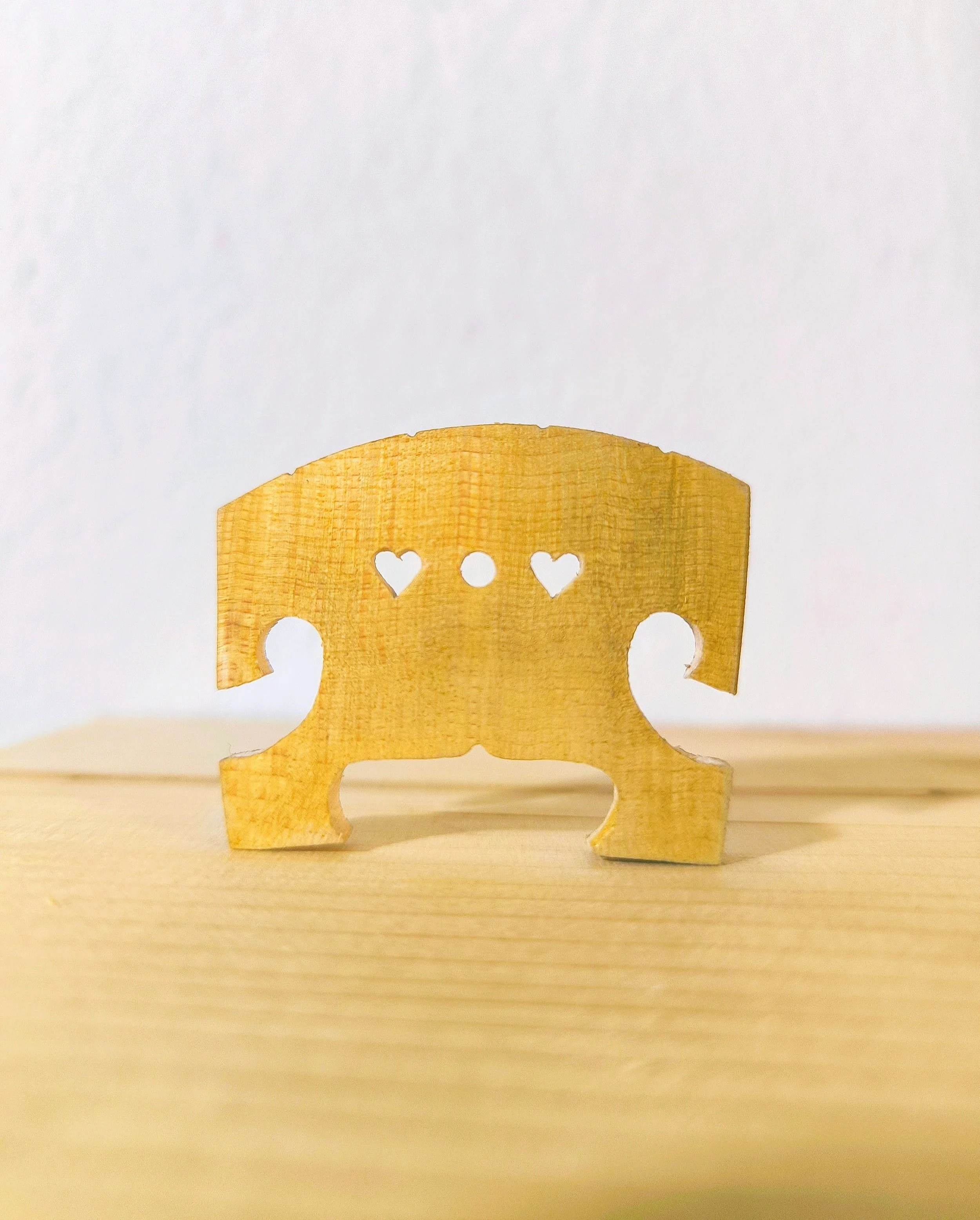
BRIDGES
Connect your sound in ever new ways, discover the potential of your instrument!
B. Bettera, A still-life with a lute, a violoncello, a violin, and musical scores over a stone ledge beside a carpet, XVIII sec
While often unclear, the evolution of the style of bridges is often related to the sound requirements of the eras in which they are developed; therefore, we have chosen to group our offerings into three categories,
Early Baroque: models traceable to iconography dated within 1630-50ca.
Baroque: up to 1750-70ca
Late Baroque: transitional models, in some cases close to the modern bridge, after 1770-80ca
For each model, we study the best-performing woods and their effects on the instrument to achieve your ideal sound as close as possible. Please note that every instrument is different, so we do not propose universal features for each model. Try them out and find the best one for you and your instrument!
C. Fabritius, View of the City of Delft, 1652
The bridge connects the strings' vibration with the instrument's body. Over the centuries, bridges have changed in three main aspects: the lower arch, the sides, and the heart. We study, select and test various models, which result from careful reconstructions on archaeological and iconographic bases so that we can offer you ever-changing sounds and nuances from your instrument.
Gaetano Pugnani, Piemontese school, 1755-70ca
Early Baroque
Baroque
Late Baroque
Would you like to know more?
Contact us and set up an appointment!






